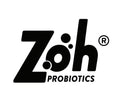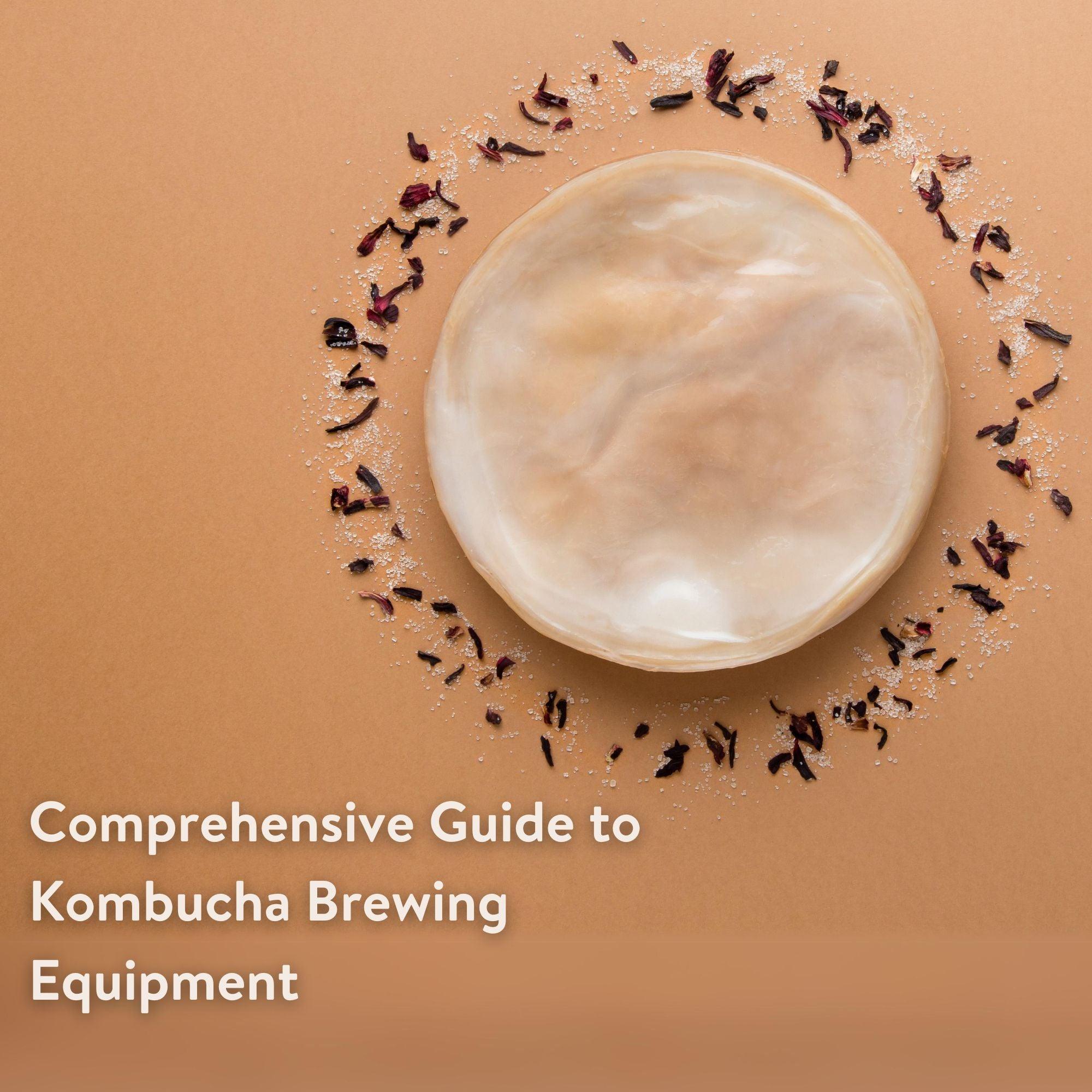Table Summary
| Microorganism | Key Health Benefits |
|---|---|
| Enterococcus durans | Promotes digestive health, Potentially benefits immunity, Antimicrobial |
The Beneficial Impact of Enterococcus Species on Health
Enterococcus durans
Commonly found in fermented foods like milk kefir grains, Enterococcus durans has been identified as a beneficial microorganism, contributing to the health benefits of these products.
-
Promotes Digestive Health: Enterococcus durans is known for its potential to promote gut health. Studies have suggested that this bacterium could contribute to the overall well-being of our digestive system, enhancing the gut microbiota4.(1).
-
Potentially Benefits Immunity: Like other lactic acid bacteria, Enterococcus durans could potentially contribute to immune regulation. Although more research is necessary, early indications suggest this probiotic may help boost immunity4.(2).
-
Antimicrobial Properties: Enterococcus durans produces bacteriocins, proteinaceous toxins that inhibit the growth of similar or closely related bacterial strain. This property could help in controlling undesirable microorganisms in the gut4.(3).
Although Enterococcus species have been less researched than other bacteria in milk kefir grains, their presence adds to the variety and balance of the microbiota. This probiotic bacterium may have a positive effect on digestive health and immunity, although more research is needed to fully understand its benefits.
In this exploration of Enterococcus species, we've shed light on their pivotal role in milk kefir's probiotic profile. Our series will proceed further into the fascinating world of kefir's microbiota, where we'll explore the Leuconostoc species in our next article. Stay with us!
References
4.(1) Ammor, M. S., Flórez, A. B., & Mayo, B. (2007). Antibiotic resistance in non-enterococcal lactic acid bacteria and bifidobacteria. Food microbiology, 24(6), 559-570.
4.(2) Langa, S., Landete, J. M., Martín-Cabrejas, I., Rodríguez, E., Arqués, J. L., Medina, M., & Arroyo, R. (2014). In depth differential proteomic analysis of the surface and the EPS in induced lactic acid bacteria and enterococci biofilms. Journal of proteomics, 98, 291-305.
4.(3) Cintas, L. M., Casaus, P., Holo, H., Hernandez, P. E., Nes, I. F., & Håvarstein, L. S. (1998). Enterocins L50A and L50B, two novel bacteriocins from Enterococcus faecium L50, are related to staphylococcal hemolysins. Journal of bacteriology, 180(8), 1988-1994.



